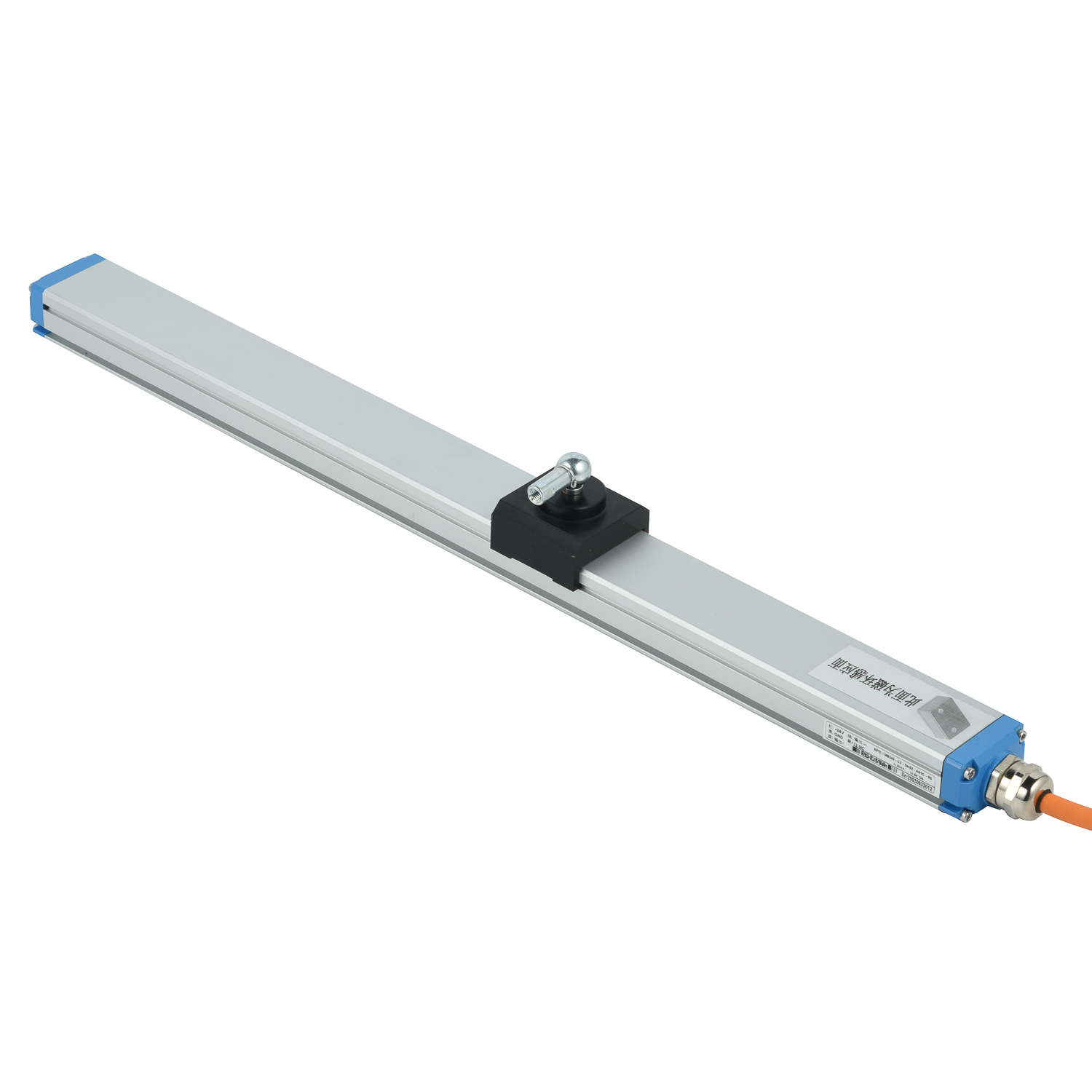How does magnetostrictive sensor achieve nanometer-level precision?
The Foundation of Magnetostriction
At the heart of magnetostrictive sensor technology lies a unique physical phenomenon called magnetostriction. This principle describes how certain ferromagnetic materials, such as nickel-iron alloys or terfenol-D, change their shape or dimensions when exposed to a magnetic field. This change is minuscule, often on the order of parts per million, but it is this very property that forms the basis for exceptionally precise measurement. When a magnetic field is applied, the magnetic domains within the material align, causing a microscopic mechanical strain. This reversible effect is the fundamental engine that enables the sensor to detect position with nanometer-level accuracy, providing a reliable and direct physical relationship between a magnetic field and mechanical displacement.
Core Components and Their Synergy
A typical magnetostrictive sensor is an elegant assembly of several key components working in harmony. The system primarily consists of a waveguide, typically a thin tube made of the magnetostrictive material, a position magnet that moves along the waveguide, and an electronic interrogation unit. The waveguide is under a constant torsional stress. The position magnet, attached to the target whose position needs to be measured, generates a circumferential magnetic field at its location. When the electronic unit sends a short current pulse, known as an interrogation pulse, down the waveguide, it interacts with the magnetic field from the position magnet. This interaction is crucial for initiating the precision measurement process.
The Generation and Detection of the Torsional Wave
The moment the interrogation current pulse passes the position magnet's location, the magnetostrictive effect comes into play. The combination of the pulse's magnetic field and the magnet's field causes a momentary, localized twisting in the waveguide—a phenomenon called the Wiedemann effect. This instantaneous twist generates a torsional strain wave that propagates along the waveguide at the speed of sound in the material, traveling in both directions from the point of origin. A damping element absorbs the wave traveling in one direction, while the other wave travels back towards the sensor's electronics head. This wave is the precise carrier of the position information.
Precise Time Measurement for Nanometer Accuracy
The true key to nanometer precision lies in the accurate measurement of time. The sensor's electronics precisely measure the time interval between the launch of the interrogation current pulse and the arrival of the returning torsional wave. Since the torsional wave travels at a constant, known velocity (typically around 2800-3000 meters per second), the distance to the position magnet can be calculated with extreme accuracy using the simple formula: Distance = Velocity × Time / 2. Advanced electronics can resolve time differences down to picoseconds, which directly translates to resolution in the nanometer range. This time-of-flight measurement is immune to electrical noise and other environmental factors, ensuring stable, long-term precision.
Advantages of Non-Contact Operation
A significant advantage contributing to the sensor's high precision and longevity is its non-contact nature. The position magnet moves along the outside of the waveguide without any physical contact. This eliminates mechanical wear, friction, and hysteresis, which are common sources of error and degradation in contact-based sensors like potentiometers. The non-contact design ensures virtually infinite mechanical life, maintains calibration over time, and allows for high-speed measurements without any risk of damaging the sensing element, making it ideal for demanding industrial applications.

Applications Leveraging Nanometer Precision
The exceptional accuracy and robustness of magnetostrictive sensors make them indispensable in a wide range of high-performance applications. They are critical in hydraulic cylinder position feedback for precision manufacturing equipment, providing the exact piston location for repeatable processes. In semiconductor manufacturing, they enable nanometer-level stage positioning for lithography machines. Other key uses include precision roll gap control in metal rolling mills, active vibration isolation systems for sensitive instrumentation, and accurate liquid level sensing in storage tanks, where reliability and precision are paramount.
 UpgradingYourLevelMeasurementS
UpgradingYourLevelMeasurementS
 Why are magnetostrictive level
Why are magnetostrictive level
 ComparingMagnetostrictiveandRa
ComparingMagnetostrictiveandRa
 MagnetostrictiveLevelSensorfor
MagnetostrictiveLevelSensorfor
